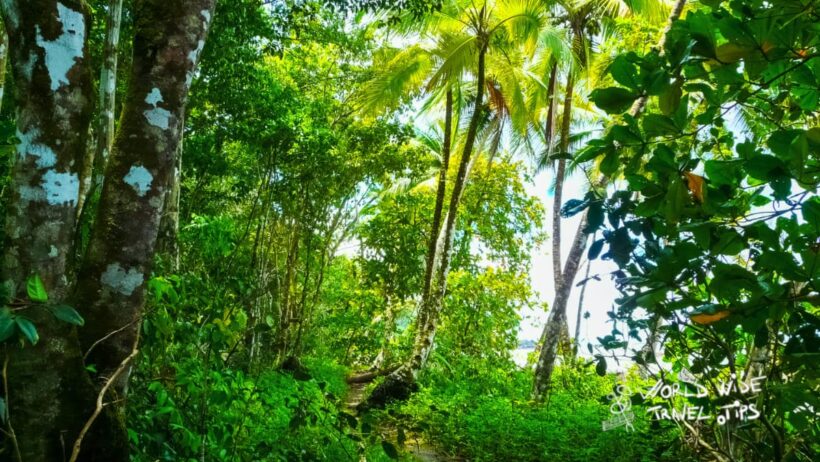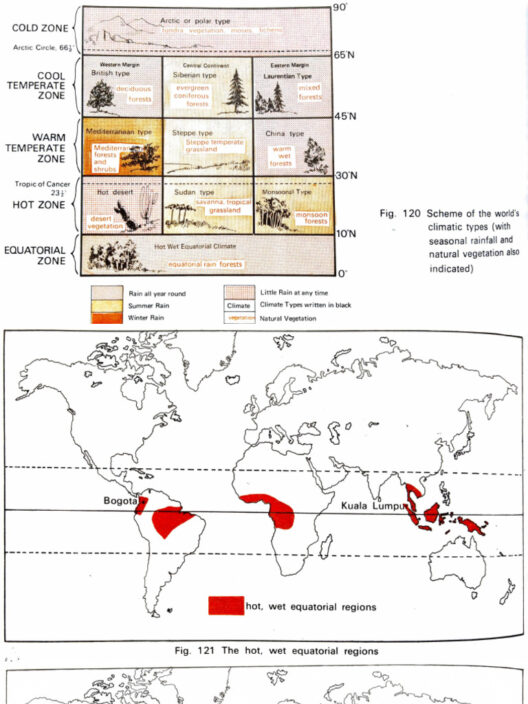The climate of Costa Rica is a veritable tapestry woven with threads of tropical rains, luxuriant jungles, and the captivating allure of eternal spring. This Central American gem, sandwiched between the Caribbean Sea and the Pacific Ocean, flaunts a diverse array of ecosystems that flourish under its unique climatic conditions. The interplay between altitude, latitude, and seasonal shifts creates a rich canvas that supports an astonishing level of biodiversity, making it a microcosm of the Earth’s climatic wonders.
Costa Rica’s climatic character is defined primarily by its two distinct seasons: the dry and the rainy. From December to April, the dry season casts a golden hue over the landscapes, allowing for verdant jungles to bask under an unrelenting sun. This season is akin to a well-rehearsed symphony, where the crescendo of vibrant flora and fauna reaches its peak, inviting tourists and locals alike to revel in its splendor. The hot, sun-drenched days are juxtaposed with cool, refreshing nights that whisper promises of tomorrow’s adventures.
Yet, as the curtain falls on the dry season, the advent of the rainy season breathes life into the very soul of Costa Rica. From May to November, the skies open up, and the kingdom of clouds reigns supreme. Raindrops, like nature’s own percussion, create a rhythmic symphony that orchestrates a revival of the lush landscapes. Rivers swell, waterfalls cascade with renewed vigor, and the air becomes saturated with the earthy aroma of damp soil, setting the stage for the tropical rainforests to flourish.
These rainforests, which cover a significant portion of the country, are not merely collections of trees; they are the lungs of the planet. Towering trees, clad in thick, emerald canopies, create a sanctuary for a myriad of species, from vibrant toucans to elusive jaguars. The comfort of humidity envelops everything, and the gentle hum of insects intermingles with the chirps of frogs, producing a complex auditory tapestry that is soothing yet invigorating. Amidst this green cathedral, biodiversity thrives, with over 500,000 species identified within its borders, making Costa Rica one of the richest biodiversity hotspots on Earth.
The unique appeal of Costa Rica’s climate extends beyond its natural treasures. It is an embodiment of an ecological utopia that draws individuals from all walks of life—scientists, ecologists, and adventurers, each captivated by the stories the land tells. The climatic conditions have inspired a culture deeply intertwined with the environment. Eco-tourism flourishes as nature lovers seek to explore the wonders of the rainforest and engage in activities such as bird watching, hiking, and zip-lining through towering trees. Here, the climate acts not just as a backdrop, but as an integral player in shaping the experience of exploring this living tapestry.
However, the climate’s delicate balance faces considerable threats from human activity. The allure of Costa Rica’s natural beauty has, paradoxically, led to increased deforestation and environmental alteration. Agricultural expansion, particularly in palm oil and cattle ranching, has encroached upon vital ecosystems, challenging the country’s commitment to sustainability. The rise of monoculture farming practices disconnects biodiversity and disrupts the intricate web of life that thrives in its jungles. What was once an eternal spring risks being reduced to a mere echo of its vibrant past.
In navigating these challenges, Costa Rica stands as a beacon of hope. The government and local communities have recognized the urgency of safeguarding their precious environments. Initiatives like payments for ecosystem services and reforestation projects reflect a communal effort to preserve the climatic equilibrium. By fostering a culture of environmental stewardship, Costa Rica exemplifies that ecological well-being can coalesce with economic growth. The nation strives not only to protect its own legacy but to illuminate pathways for others to follow.
As we admire the jeweled landscapes of Costa Rica, we must not become mere spectators. Instead, each of us has a role in supporting the maintenance of this climate and its ecosystems. The breath of the forest is not just for those who dwell within its ancient trees; it is a heritage for all humanity to cherish. Adopting sustainable practices, advocating for responsible tourism, and encouraging environmental education can tip the scales toward a brighter future. Just as the cycle of seasons breathes life into the jungles of Costa Rica, so too does our collective action hold the potential to cultivate an enduring legacy.
In conclusion, Costa Rica’s climate invites us to forge a deeper connection with nature, immersing ourselves in the intricate dance of tropical rains and the symphony of lush jungles. It offers a window into a world where every drop of rain counts, and every tree tells a tale. With stewardship, reverence, and an unwavering commitment to conservation, we can ensure that this vibrant landscape continues to thrive. Like the ceaseless rain that nourishes the forests, our efforts can sustain the beauty of Costa Rica’s climate for generations to come, engendering a lasting relationship between humanity and the natural realm.








